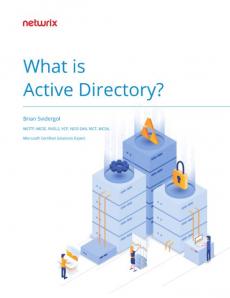HAFNIUM: Protecting Your Exchange Server from Data Exfiltration
In early March, Microsoft reported a large, coordinated attack that exploited critical vulnerabilities in Exchange Server 2010, 2013, 2016 and 2019 in an attempt to exfiltrate credentials and other sensitive information from organizations’ mailboxes. Microsoft attributed this attack to a sophisticated Chinese group code-named HAFNIUM. The first detected attempts date back to January 2021.



